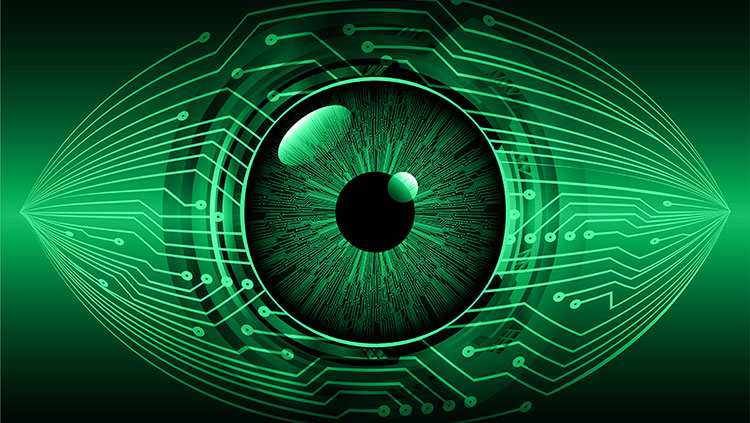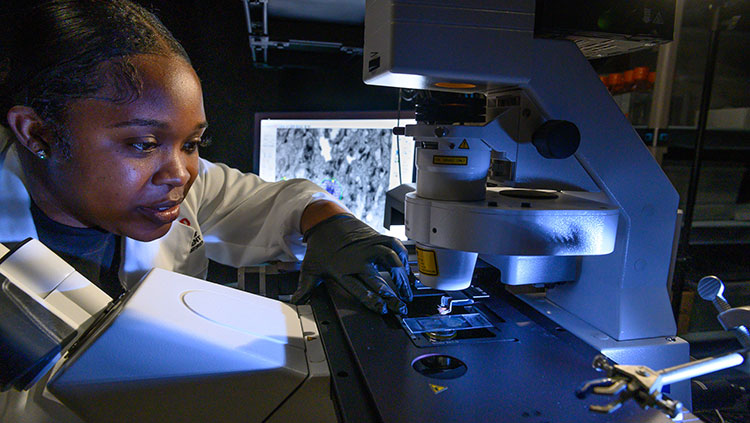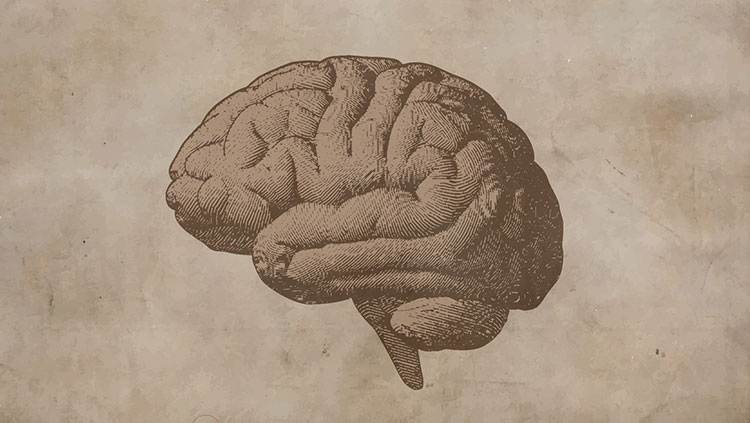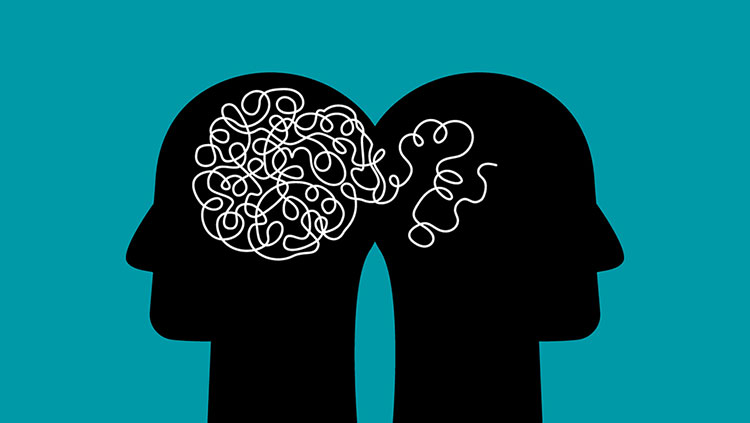ICYMI: Artificial Eye Mimics Shape and Structure of the Retina
- Published28 May 2020
- Author Alexis Wnuk
- Source BrainFacts/SfN

Artificial Eye Mimics Shape and Structure of the Retina
The human retina is a feat of engineering. Densely packed photoreceptors help us discriminate colors and fine details, and the retina’s hemispherical structure affords us a wide field of vision. Writing in Nature on May 20, researchers described how they created an artificial eye that mimics the shape and structure of the human retina. They embedded nanowires made of perovskite — a light-sensing material used in solar cells — onto a thin sheet of aluminum molded into a hemispherical shape. The conductive nanowires sent electrical signals to a bundle of wires connected to a circuit board, similar to the way photoreceptors transmit signals to the optic nerve. The artificial eye “responded” to patterns of light in as little as 19 milliseconds — twice as fast as the human eye.
Related: Teaching the Brain to See Again
Read more: New Artificial Eye Mimics a Retina’s Natural Curve (Scientific American)
New and Varied Experiences Linked to Happiness
Having novel and diverse experiences improves mood, researchers reported May 18 in Nature Neuroscience. With the help of geolocation tracking, they mapped the movements of young adults in Miami and New York City as they went about their days. They used this as a proxy measure for novelty and diversity of daily experiences. They also sent short questionnaires assessing current mood to participants’ smartphones, and half of the participants later had their brains scanned. Participants reported the best moods on days where they moved around more. This relationship was strongest in people who had better connectivity between the hippocampus and striatum, regions involved in processing novelty and reward.
Big picture: Meeting new people and exploring unfamiliar places is good for our mental health. Unfortunately, the COVID-19 pandemic has curbed travel and face-to-face interaction: stay-at-home orders have kept us inside and social distancing has shrunk our social circles to our households. Feeling depressed and anxious are normal reactions to all of this, but there are still things you can do to support your mental health.
Read more: Scientists pin down a link between happiness and one daily activity (Inverse)
CONTENT PROVIDED BY
BrainFacts/SfN


















